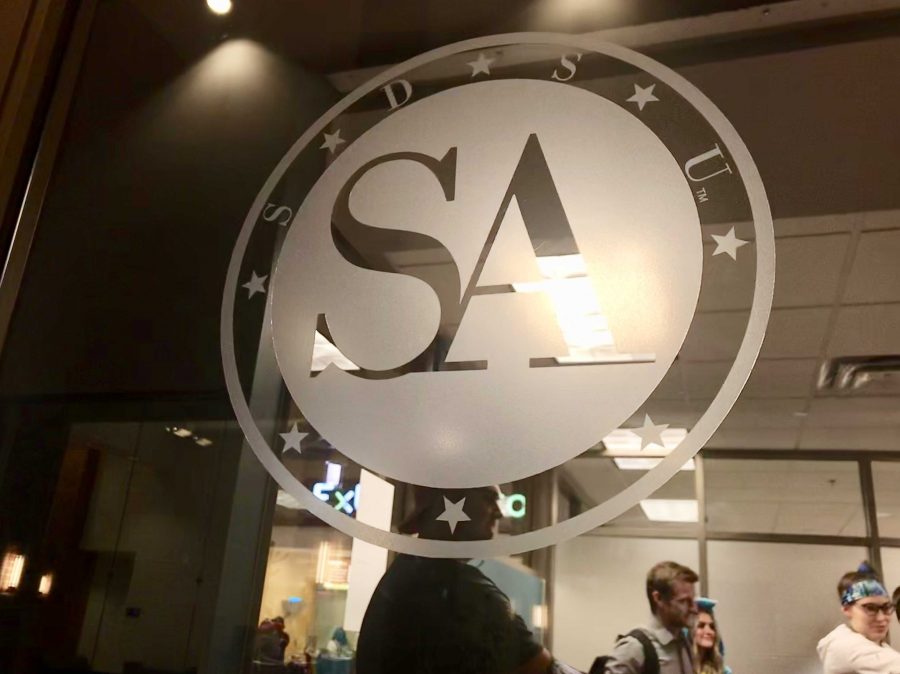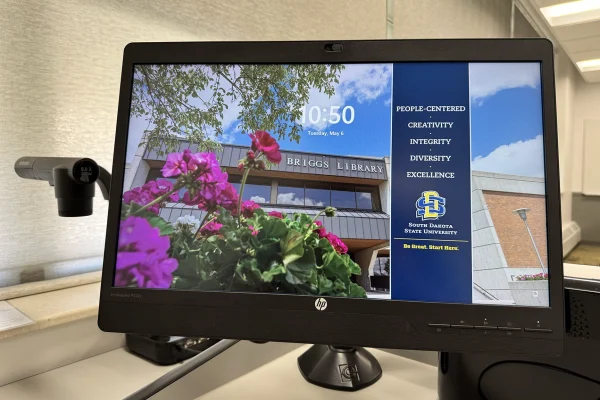GAF for athletics: $1.2 million deficit explained
January 23, 2019
In 2009 South Dakota State was a newly transitioned Division I school with an athletic department operating on a $10.5 million budget. Ten years later, that budget has more than doubled to $22 million and is growing.
The large budget increase is, in part, where the $1.2 million athletic department deficit has come from. Because of this, the Students’ Association is proposing to raise the General Activity Fee (GAF) in the first two years in addition to redirecting money from the Student Union Maintenance and Repair fund over the course of three years to address the deficit, pay for Frost Arena renovations and fund NCAA Division I requirements.
The official GAF Strategic Plan are subject approval by the South Dakota Board of Regents.
Despite cutting both tennis teams — which saved between $200,000 and $250,000 — and making other departmental cuts, the $1.2 million of the original $2.2 million annual deficit remains.
On Jan. 14, the GAF steering committee proposed GAF increase by $3 for Frost Arena in the first year of the three-year model and an additional $2.47 for athletics operations in the second year.
Raising GAF for athletics has been a controversial subject on campus for years, but as senators have been working to make a plan for the next five years, students have spoken up.
According to the GAF Strategic Plan General Survey, 61 percent of the 3,300 students who responded didn’t want to give additional funding to the “operational deficit in SDSU’s Division I athletics program.”
It was largely because of student responses that SA Vice President Spencer Harwood amended the strategic plan to decrease the second year allocation of $2.47 down to $0.51 during the steering committee’s final meeting on Jan. 22.
The originally proposed $2.47 increase would have taken care of the $1.2 million deficit in its entirety, while the newly amended $0.51 increase would leave the athletics department with a $500,000 deficit.
As of right now, SA is waiting on a response from the athletic department to see if it’s feasible, Harwood said.
SA senators have been working for months to create a GAF strategic plan that considers the desires of the university, university donors and students when addressing the $1.2 million athletic deficit.
“This has accumulated over an amount of time but a bulk of it is connected to some standards that the NCAA is setting down for how universities need to serve their student athletes and the kinds of services they need to provide,” said Sen. Nick Lorang, chair of the steering committee.
Division I schools follow multiple compliance requirements set by the NCAA including ensuring student athletes have access to nutritious meals, career opportunities, financial literacy courses, mental health support and many others.
Athletic Director Justin Sell has been working with SA senators on a plan. The increase would standardize South Dakota State athletic’s line of income to match other Football Championship Subdivision (FCS) schools.
According to Sell in an average FCS school, 72 percent of funding comes from the state, university or student fees and 28 percent comes from the money the athletic department generates on ticket sales, sponsorships and more.
“We’re almost flip-flopped there,” Sell said. “That’s important to note because basically we’ve been driving the growth of this program on donors and selling tickets and corporate sponsorships and all those other areas.”
Sell said 63 percent of SDSU’s athletic department funding comes from what the athletic department generates, while 37 percent comes from the university, the state and students.
Students currently pay $10.29 per credit hour for athletics operations, a number that hasn’t been increased since 2004. After the amended proposition, that number would increase by $6, including the $3 Frost Arena allocation and the $3 operations allocation — for a total of $16.29 total GAF paid to the athletics department and facility renovations.
More changes could occur before the final GAF strategic plan is approved at the 7 p.m. Jan. 28 Students’ Association meeting in the Lewis and Clark room in the Student Union.






















